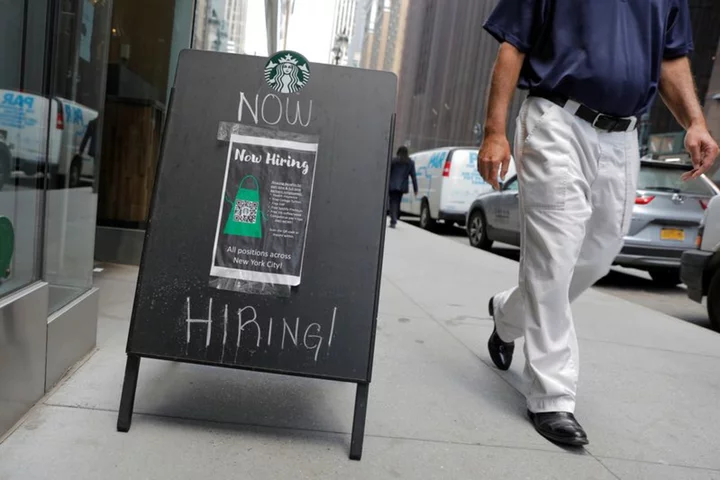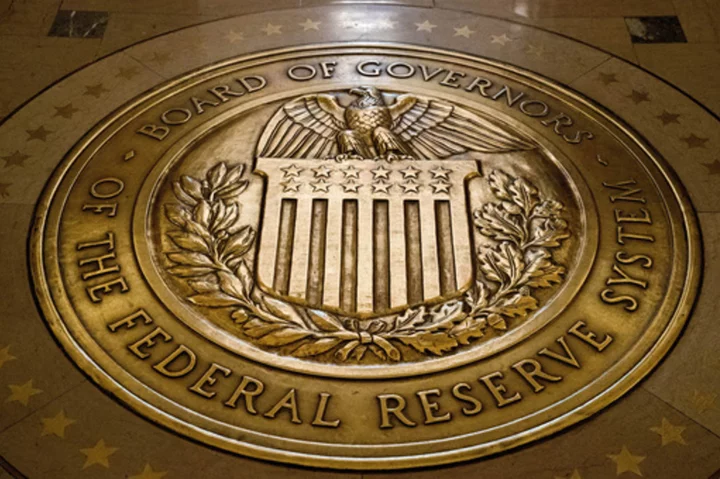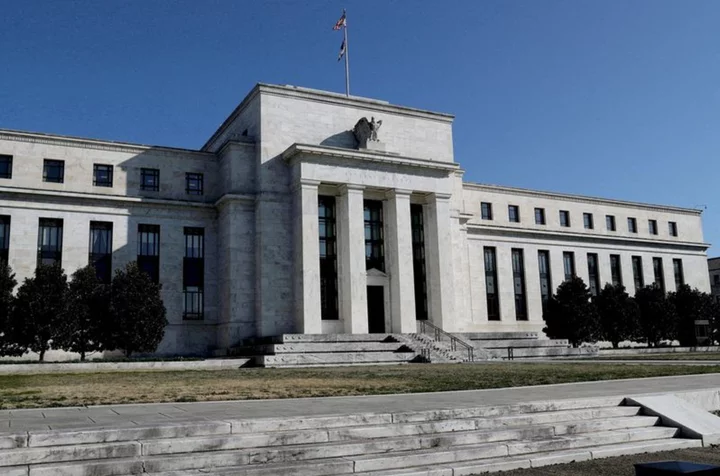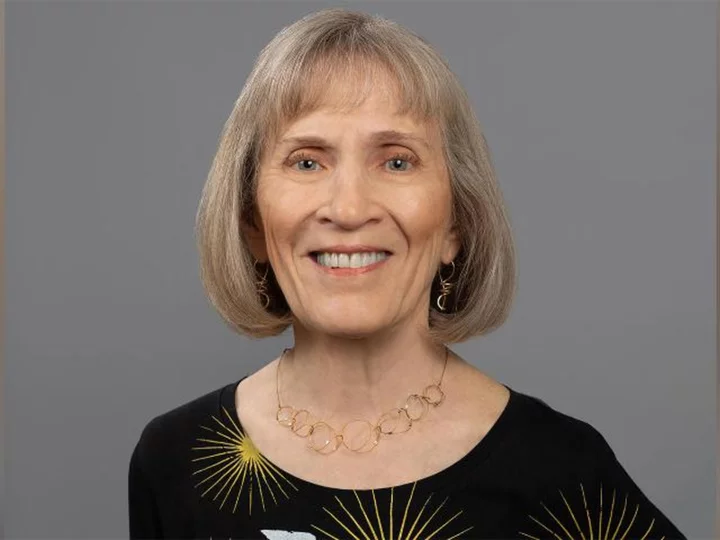WASHINGTON The number of Americans filing new claims for unemployment benefits increased more than expected last week, suggesting that labor market conditions continued to ease, which could help the Federal Reserve's fight against inflation.
Initial claims for state unemployment benefits rose 13,000 to a seasonally adjusted 231,000 for the week ended Nov. 11, the Labor Department said on Thursday. Economists polled by Reuters had forecast 220,000 claims for the latest week.
The labor market is cooling as higher interest rates curb demand. Job growth slowed in October and the unemployment rate climbed to 3.9%, the highest level since January 2022. With 1.5 job openings per every unemployed person in September, conditions remain fairly tight.
Economists at Goldman Sachs said they did not believe that last month's increase in the jobless rate was a bad omen, noting that the rise in the unemployment rate since April has come entirely from an expansion in the size of the labor force rather than a decline in employment.
Easing labor market conditions, together with subsiding inflation and cooling consumer spending, have bolstered expectations that the Fed's monetary policy tightening cycle is complete. Financial markets are even anticipating an interest rate cut next May, according to CME Group's FedWatch tool. Since March 2022, the Fed has hiked its policy rate by 525 basis points to the current 5.25%-5.50% range.
The number of people receiving benefits after an initial week of aid, a proxy for hiring, increased 32,000 to 1.865 million during the week ending Nov. 4, the claims report showed. The so-called continuing claims have increased since September.
Most economists have attributed the rise to difficulties adjusting the data for seasonal fluctuations rather than a material change in the labor market. They expect this to be ironed out when the government revises the data next spring.
"It is not a reason to expect a materially higher unemployment rate in the November monthly jobs report," said Lou Crandall, chief economist at Wrightson ICAP in New York.
While some agreed that the seasonal adjustment was an issue, they also viewed the sustained increase as a sign that more unemployed people were experiencing longer spells of joblessness.
(Reporting By Lucia Mutikani; Editing by Chizu Nomiyama)









